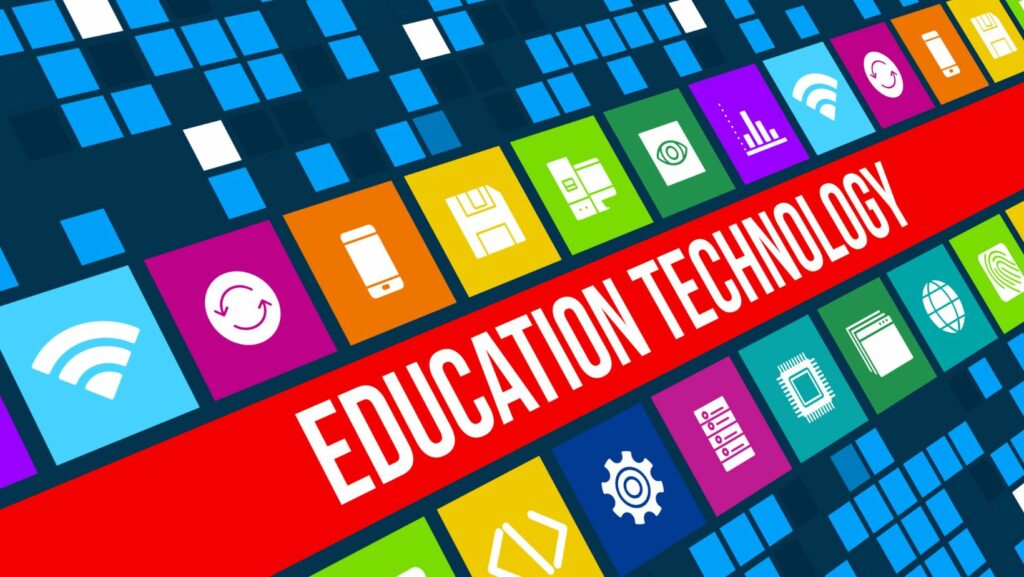In the rapidly evolving landscape of the 21st century, technology has fundamentally transformed the face of education. From digital classrooms to online resources, the integration of technology in educational settings has not only reshaped how teachers deliver content but also how students absorb information. This revolution has opened doors to innovative teaching methods, making learning more accessible, interactive, and personalized than ever before.
How Has Technology Changed Education
The shift from traditional teaching methods to technology-enhanced education has revolutionized how educators teach and students learn. Technology’s integration into education has fundamentally transformed the landscape, making learning experiences more accessible, interactive, and personalized. This section delves into specific examples of technological advancements that have altered education, underlining the profound impact of technology on the educational sphere.
From Chalkboards to Smartboards
 Gone are the days when chalkboards were the center of attention in classrooms. Today, smartboards have taken their place, offering a dynamic and interactive way to engage students. Smartboards allow teachers to display multimedia content, interact with materials via touch, and even integrate real-time feedback from students. This technological leap not only enhances visual learning but also accommodates diverse learning styles, making lessons more captivating and effective. The transition from chalkboards to smartboards exemplifies how technology improves teaching methods by making the classroom environment more versatile and engaging.
Gone are the days when chalkboards were the center of attention in classrooms. Today, smartboards have taken their place, offering a dynamic and interactive way to engage students. Smartboards allow teachers to display multimedia content, interact with materials via touch, and even integrate real-time feedback from students. This technological leap not only enhances visual learning but also accommodates diverse learning styles, making lessons more captivating and effective. The transition from chalkboards to smartboards exemplifies how technology improves teaching methods by making the classroom environment more versatile and engaging.
Virtual Classrooms and Online Learning Platforms
The advent of virtual classrooms and online learning platforms has been a game-changer in education, breaking down geographical and time barriers. Students can now access educational content from anywhere at any time, making learning more flexible and convenient. Platforms like Coursera, Udemy, and Khan Academy provide a plethora of courses ranging from academic subjects to skill-based training, catering to learners of all ages and backgrounds. This move towards online education has facilitated a shift towards a more learner-centered approach, where students can pace their learning according to their individual needs. Virtual classrooms have also enabled real-time collaboration and communication between teachers and students, fostering a sense of community despite physical distances. The rise of online learning platforms highlights how technology has democratized education, making it more accessible to a global audience.
Personalized Learning Through Educational Technology
 Educational technology has played a pivotal role in transforming education by enabling personalized learning experiences that cater to individual learning styles, needs, and paces. This shift has made education more adaptable and responsive, allowing students to engage with material in a way that best suits their learning preferences.
Educational technology has played a pivotal role in transforming education by enabling personalized learning experiences that cater to individual learning styles, needs, and paces. This shift has made education more adaptable and responsive, allowing students to engage with material in a way that best suits their learning preferences.
Adaptive learning software and online platforms use algorithms to tailor educational content and assignments based on a student’s performance and progress. These technologies provide immediate feedback and adjust the complexity of tasks accordingly, ensuring that each student faces just the right level of challenge.
Enhanced Collaboration and Global Connectivity
Building upon the transformative role of technology in education, it further enhances collaboration and global connectivity. Digital platforms, such as learning management systems and social media, have bridged the geographical divide, enabling students and educators to interact, share resources, and work on projects with peers worldwide. This global classroom setting fosters cultural exchange and prepares students for a interconnected world, embodying how technology has changed education beyond physical classrooms.
Access to Information and Digital Literacy
 Technology’s transformative impact on education extends significantly to how learners access information and develop digital literacy. Traditionally, students relied on textbooks and library resources, limiting their scope of research and learning. Today, however, the internet offers unlimited access to information, ranging from scholarly articles to interactive videos, enhancing both the breadth and depth of knowledge available. This shift not only expands educational resources but also teaches students critical skills in researching and discerning credible sources online.
Technology’s transformative impact on education extends significantly to how learners access information and develop digital literacy. Traditionally, students relied on textbooks and library resources, limiting their scope of research and learning. Today, however, the internet offers unlimited access to information, ranging from scholarly articles to interactive videos, enhancing both the breadth and depth of knowledge available. This shift not only expands educational resources but also teaches students critical skills in researching and discerning credible sources online.
Digital literacy encompasses understanding how to use technology effectively and responsibly. In modern classrooms, educators incorporate digital tools, teaching students to navigate, evaluate, and create digital content responsibly. These skills are indispensable in today’s digital age, preparing students for future careers where digital competence is a prerequisite. By integrating technology in education, teachers are not just facilitating easier access to information but are also ensuring students are proficient in digital environments, a key aspect of how technology has changed education.

